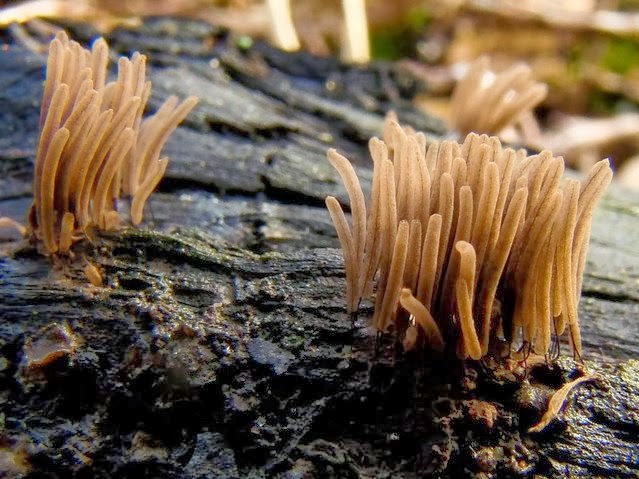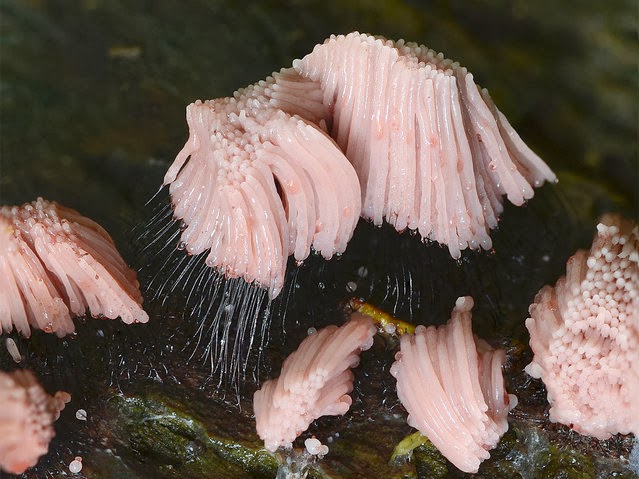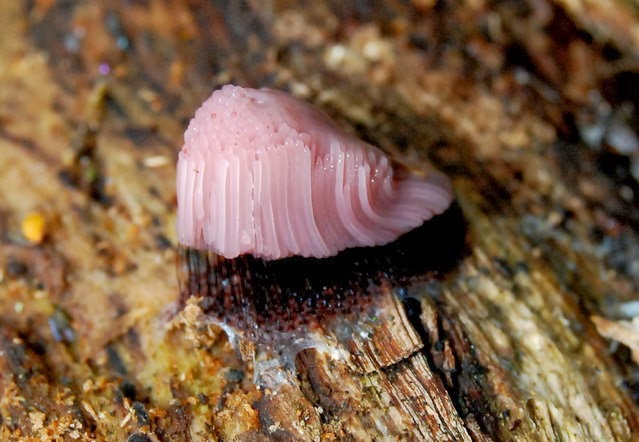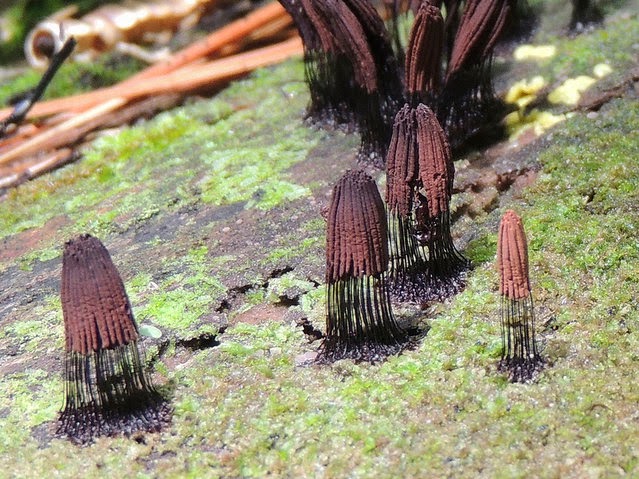The mysterious and rarely seen Butcher’s
Broom, or Ruscus aculeatus, is a low-growing permanent shrub with hard, erect,
stems and very rigid leaves that lay off in a sharp spine. Thus, from the
center of the leaves grow small greenish-white flowers that flourish in early
spring and grow into red berries in autumn. The minute red berries are attached
directly to the leaves by a short stem, making it a very bizarre looking plant.
Butcher’s Broom belongs to Liliaceae family and has the height between 60 cm to
90cm max.
Therefore, the Butcher’s broom is
not breaking any rules of the plant kingdom, because what appear to be leaves
are really modified stems called “cladodes” that have been compressed to not
only look like leaves but serve their function as well. Hence, Butcher’s broom
is extensively distributed, from Iran to the Mediterranean and the southern
United States. Butchers Broom has a long history of use in herbal medicine
traditions as a diuretic
and blood vessel toner. They have also been used for over two thousand years as
laxative and diuretic and use to cure various ailments such as hemorrhoids,
varicose veins, itching, deobstruent, aperient, and swelling.
The plant young shoots are also eaten like those of asparagus. So, the stiff
twigs were once bundled together and used by butchers to save their cutting
boards clean, from which came its public English name: butcher’s broom. It is
also recognized by others names such as “Knee Holly”, because of its knee
height, “Jew's Myrtle”, for its use during the Feast of Tabernacles, “Sweet
Broom” and “Pettigree”, although its meaning is not clear. Furthermore “Butcher's
Broom” is very hardy, thriving in almost any soil or situation, and is
frequently planted in shrubberies or edges of woods, on account of its
remaining green after the deciduous trees have shed their leaves.
Moreover, to extracts of
butcher’s broom have been used throughout the ages, but the medicinal use of
this plant did not become common until the last century. Therefore, research in
the 1950s specified that butcher's broom could induce constriction of veins,
because of which it is still widely used for treating definite circulatory
diseases. It also covers an alkaloid which inhibits the passing of sodium ions
across the cell membrane and thus is an effective anti-arrhythmic substance.
Also, Butcher’s broom is widely planted in gardens and its berries used as
decorations purpose. The primary related species phytochemical in the similarly
named Scotch broom Cytisus scoparius is sparteine, a cardiac depressant - use
with great caution.








 S
S













